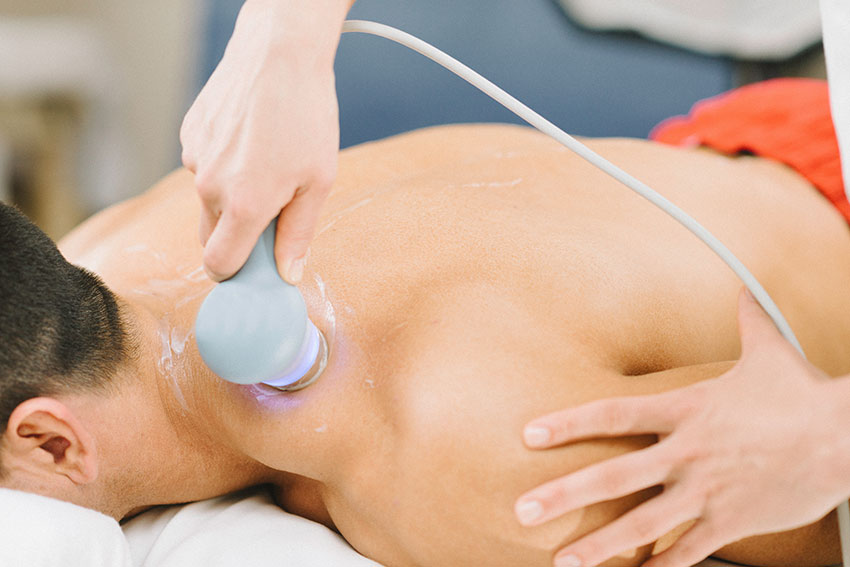Electrotherapy and Pain Relief: The Power of Electrotherapy in Physiotherapy
In the realm of physiotherapy, one modality stands out as a powerful ally in the fight against pain and discomfort—Electrotherapy. This cutting-edge approach utilizes various techniques to alleviate the pain associated with a myriad of health conditions, ranging from shoulder pain to muscle weakness. In this post, we’ll explore the world of electrotherapy, shedding light on its mechanisms and how modalities like Interferential Current, Neuromuscular Electrical Stimulation, and Ultrasound are transforming the landscape of pain management.
Understanding Electrotherapy:
Electrotherapy involves the application of electrical stimulation to the body to promote healing, reduce pain, and improve muscle strength. It’s a versatile physiotherapy modality that finds its application in treating a wide array of health conditions. Whether you’re grappling with persistent shoulder pain, neck discomfort, low back pain, post-surgical pain, tendinitis, bursitis, muscle weakness, spasm, or inflammation, electrotherapy might be the solution you’ve been seeking.
Key Electrotherapy Modalities:
Interferential Current (IFC):
- IFC is a popular electrotherapy modality that utilizes the interference of medium-frequency electrical currents to stimulate nerves and muscles.
- By intersecting the currents, IFC provides deep tissue penetration, making it effective in managing pain associated with various conditions.
Neuromuscular Electrical Stimulation (NMES):
- NMES involves the application of electrical impulses to stimulate specific muscle groups.
- This modality is often employed to address muscle weakness, spasm, and to facilitate muscle re-education.
Ultrasound Therapy:
- Ultrasound, another prominent electrotherapy technique, utilizes high-frequency sound waves to promote tissue healing.
- It is particularly effective in reducing inflammation and alleviating pain associated with musculoskeletal conditions.
Benefits of Electrotherapy:
Pain Relief:
- Electrotherapy is renowned for its analgesic properties, providing effective pain relief for individuals dealing with chronic pain conditions.
Muscle Rehabilitation:
- NMES aids in muscle rehabilitation, making it a valuable tool in physiotherapy for those recovering from injuries or surgeries.
Improved Circulation:
- The stimulation provided by electrotherapy contributes to enhanced blood circulation, promoting better nutrient and oxygen delivery to affected areas.
Conclusion:
Electrotherapy is not just a buzzword; it’s a transformative approach in the realm of physiotherapy. By harnessing the power of modalities like Interferential Current, Neuromuscular Electrical Stimulation, and Ultrasound, healthcare professionals can provide targeted and effective relief for a spectrum of health conditions. If you’ve been grappling with pain or muscle-related issues, consider exploring the possibilities that electrotherapy may offer under the guidance of a qualified physiotherapist.
Remember, the journey to a pain-free life often begins with a single spark—let that spark be the power of electrotherapy.

